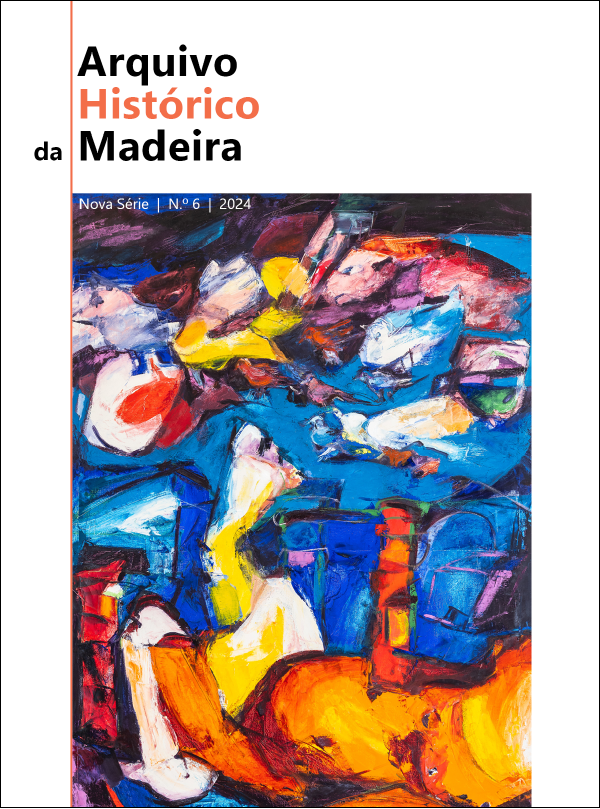Lime in the Madeira Archipelago in the 19th-20th Centuries
Abstract
The limestone outcrops on the islet of Baixo, Porto Santo and Madeira, in exploration until the last decades of the 20th century, were essential for civil construction until the 1960s and 1970s. Taxation was initiated on the shipment of limestone from Porto Santo in 1836, whose revenue reverts to its City Council, becoming definitive from 1859. Initially, it was restricted to raw material but from 1919 onwards it focused on lime manufactured in Porto Santo, and after 1960 it covered also calcium carbonate. Some companies and industrialists dominated the lime market, either by forming cartel or by volume shipped. However, quarries and lime kilns coexisted poorly in urban and tourist expansion areas. In São Vicente, some quarries and kilns were known to have been operating intermittently until 1973, especially for local consumption. Lime was used in mortars, in plastering and whitewashing, as a bactericidal and fungicidal agent and corrective fertilizer, in the processing of sugar cane, shelling and tanneries, in animal feed and even for lighting.
Keywords
Limestone; Quarry; Limekiln; Lime; Cartel.
Downloads
Published
Issue
Section
License
Copyright (c) 2024 Arquivo Histórico da Madeira, Nova Série

This work is licensed under a Creative Commons Attribution-NonCommercial-NoDerivatives 4.0 International License.



